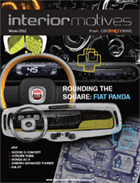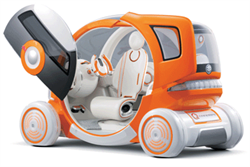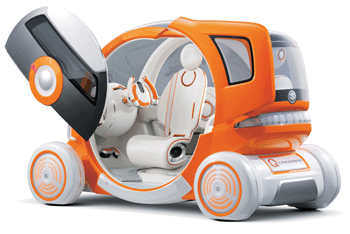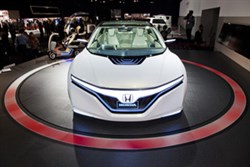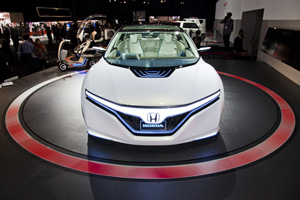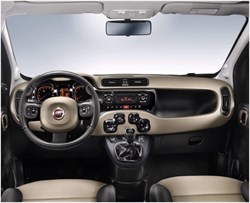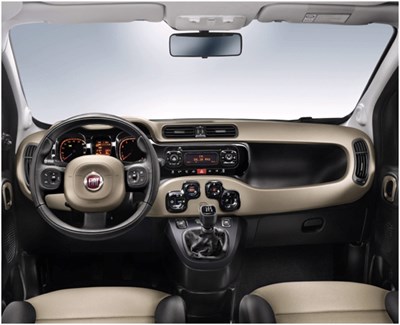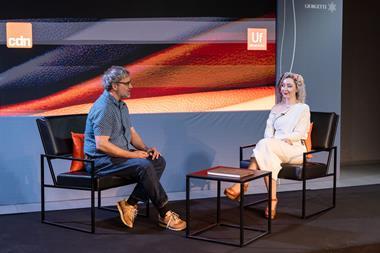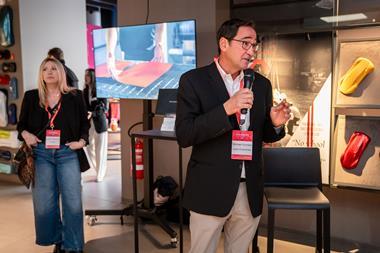IN THIS ISSUE
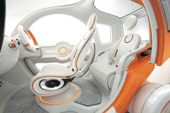
Vehicle type: concept/tandem-seat city car
Overall design team leader: Tetsuya Ozasa
Interior designer: Takashi Hayashida
Colour & trim designer: Hirofumi Akaike
Project manager: Yoshio Takeuchi
Project started: n/a
Project completed: autumn 2011
Launch: Tokyo/November 2011
The Suzuki Q proposes a new kind of micro mobility vehicle positioned between
a car and a motorcycle. It measures just 2.5 metres in length – some 195mm
less than the Smart fortwo. The key difference between these two-seaters,
though, is in the arrangement of those seats – the Q opting for a tandem-style,
1+1 approach, as this key sketch (1) shows. Takashi Hayashida (also behind
the 2007 Suzuki X-Head concept) was responsible for the interior, which,
unusually, was started at the same time as the exterior, penned by Yasuhide
Kura. “First we agreed the circular concept theme for inside and out, and then
we worked very closely together… we are very good friends,” laughs Hayashida.
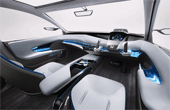
Vehicle type: concept/four-door sedan
Project leader: Yoshinori Asahi
Interior desinger: Wataru Murayama
Colour and trim designer: Maki Onizuka
Project started: 2010
Project completed: autumn 2011
Launch: Tokyo/November 2011
Honda’s stand was arguably the most interesting at the 42nd Tokyo show
courtesy of an amazing seven concepts, from sportscars and commuter
vehicles (with electric mini-bikes onboard) to covered electric scooters and
mobility shopping vehicles. Of those seven, it was the AC-X plug-in hybrid
sedan concept that caught Interior Motives’ interest the most. According to the AC-X’s interior designer Wataru Murayama – pictured in image 5, marking up his model – the key themes he was tasked with developing here were ‘comfort’ and ‘sport’. “These aspects are seemingly contradictory,” begins Murayama, “but I wanted to express these two extremes within one car. I wanted to find some lively, active movement, so I thought of the joystick. On the other hand, I also wanted comfort – so I thought about retractable joysticks to create more space when the car is at rest. Their retractable nature makes it convenient for getting
in and out of the car, too.”
 Vehicle type: production/5-door hatchback
Vehicle type: production/5-door hatchbackDesign director: Roberto Giolito
Chief interior designer: Virgilio Hernandez
Interior designers: Fabrizio Vacca, Sabine Klinder, Lorenzo Piano, Carlo Santacroce,
Alessandro Cipolli & Alessandro Belosio
3D Alias designers: Alan Coda
Erminia di Giampietro
Colour & trim design: Isabella Burgio,
Francesca Furzi & Simona Carnino
Project started: summer 2008
Project completed: spring 2011
Launch: Frankfurt/September 2011
Supplier/Component
Magneti Marelli IP/centre console/cluster
Lear Corp seats
JCI door trims
Standex grain
Borealis pigment
The modern-day interpretation of the 500 was focused on aesthetics, emotion and an almost vintage feeling,” says concept strategic designer Sabine Klinder. “With the Panda, we wanted to focus more on the user experience – the great fl exibility and user convenience that the name has signified through its ‘80s and current format – but to give it more emotion.” The team was inspiredby the “simple yet intuitive design objects” on this mood board – “objects which have a strong, functional impact but a ‘surprising inside’ quality”, adds chief interior designer, Virgilio Hernàndez.
Magazine
